UPSC Daily Current Affairs- January 7, 2022 | Current Affairs: Daily, Weekly & Monthly - CLAT PDF Download
GS-I
India’s first open Rock Museum in Hyderabad
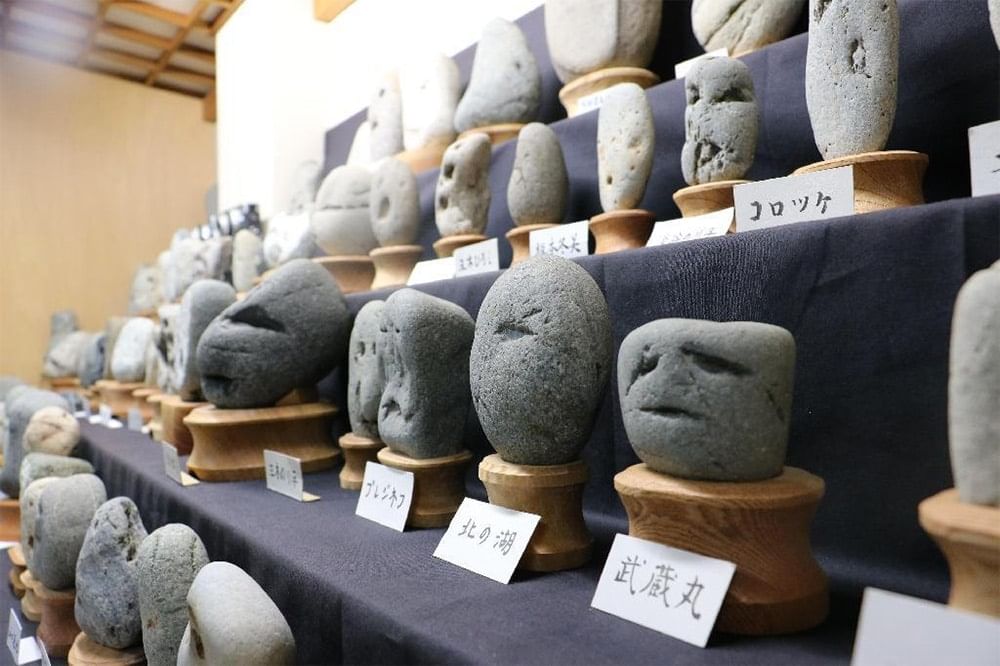
Context
- The Ministry of Science & Technology has inaugurated India’s first open rock museum displaying different types of rocks gathered from different States of ages ranging from 3.3 billion years to around 55 million years.
About Rock System in India
Based on this complex and varied geological history, the Geological Survey of India has classified rock systems of the country into 4 major divisions:
- Archaean Rock System
- Dravidian Rock System
- Purana Rock System
- Aryan Rock System
1. Archaean Rock System: The Archaean group of rocks consists of two systems-(a) Achaean granites and gneisses, and (b) Dharwarian sedimentary:
Archaean Gneisses and Schists (pre-2500 million years)
- The Archean System contains the first formed rocks of the earth.
- The rocks are primarily gneisses and granites, having no marks of fossils.
- They often underlie the strata formed subsequently and the system is generally known as the basement complex or fundamental gneisses.
- The Archaean rocks cover two-thirds of peninsular India. They also occur in the roots of the mountain peaks all along the Greater Himalayas, trans-Himalayan ranges of Zaskar, Ladakh and Karakoram.
Dharwar System (2500-1800 million years ago)
- The weathering of the Archaean rocks yielded the earliest sediments and formed the oldest sedimentary strata, the Dharwar system.
- These are found today in metamorphic forms and do not contain fossils.
- These rocks occur in scattered patches in parts of Karnataka, Tamil Nadu, central and eastern parts of Chotanagpur plateau, Meghalaya plateau, Aravalis, Himalayan region etc.
Mineral contents
- They contain gneisses (which range from granite to gabbro) and schists (crystalline rocks such as mica, talc etc.).
- These rocks have metallic and non-metallic minerals like copper, tin, graphite, lead, zinc, etc.
2. Dravidian Rock System
- This is also known as carboniferous rock system and formed during the Paleozoic era, i.e., from 600- 300 million years ago.
- They are not much abundant in India.
- They have plentiful fossils and beginning of coal formation can be seen in this period. The quality of carboniferous coal is high.
- They are found in extra- Peninsular regions of the Himalayas and the Gangetic plains.
Mineral content
- This type of rock system comprises of limestones, shale and quartzite and Mount Everest is formed of upper Carboniferous limestones.
- Most of the coal is not of the Carboniferous period, which is found in India.
- The meaning of Carboniferous in geology is coal-bearing.
3. Purana Rock System: The Purana rock system has two divisions: Cuddapah system and Vindhyan system. The word ‘Purana’ was used in place of a Proterozoic era in India.
Cuddapah Rock system
- They are observed in Cuddapah districts of Andhra Pradesh.
- The non-fossiliferous clay, slates, sandstones and limestones were accumulated in the depression between two-fold mountains which is known as synclinal basins.
- They also have a large accumulation of building purpose cement grade limestones and quartzites.
- This type of rock contains ore of iron, cobalt, nickel, manganese etc.
Vindhya Rock System
- This type of rock system is also ancient or old sedimentary rocks which are superimposed on the Archaean rock base and derived its name from Vindhya mountains.
- The recognition of fossils is negligible, only traces of few animal and plant life were found.
- This rock system has diamond-bearing regions from which Golconda and Panna diamond mined.
4. Aryan Rock System: The Aryan rock system in India has the following four subsystems:
- Gondwana rock system
- Jurassic Rock System
- Cretaceous system/ Deccan
- Trap Tertiary rock system
(i) Gondwana Rock System
- These are found mainly in Raniganj, Jharia regions of Jharkhand, Damodar valley, Pench valley in Chhattisgarh and Madhya Pradesh.
- They are called so after the name of Gondwana tribe (indigenous people especially residing in Telangana and Andhra Pradesh region).
- In this type of rock system, you found metallic minerals like iron, manganese, uranium etc. other than coal.
- They have low carbon content as it is much younger than Carboniferous coal. These rocks have nearly 98% of India’s coal reserve.
(ii) Jurassic Rock System
- During the latter part of Jurrasic when sea level rises as compared to land and shoreline moves towards ground or land which result in a flood. In geology, this phenomenon is called marine transgression.
- This gives rise to a thick series of shallow-water deposits kin Rajasthan and Kutch. Between the Guntur and Rajamundry, another transgression in the east coast of Peninsula.
- In Kuchchh, coral limestone, shales and conglomerates are found.
(iii) Deccan traps
- These are formed by the flow of magma over the solidified rock system in layers.
- Deccan trap gets rise due to volcanic outburst over a major area of Peninsular India from the end of Cretaceous till the beginning of Eocene.
- The meaning of trap is “stair” or “step” in Swedish and called due to deposition of the volcanic outburst which has a flat top and steep sides.
- It is mainly found in parts of Kuchchh, Saurashtra, Maharashtra, the Malwa plateau and Northern Karnataka and presently cover near 5 lakh sq. Km.
- Regur, which is black soil, is formed due to the weathering of these rocks for a long time.
(iv) Tertiary rock system
- The formation of this type of rock system occurs from 60 to 7 million years ago.
- It is the most noteworthy period in India’s geological history as the Himalayas were born and recent form came in this period.
GS-II
The status of the Nuclear Non-Proliferation Treaty
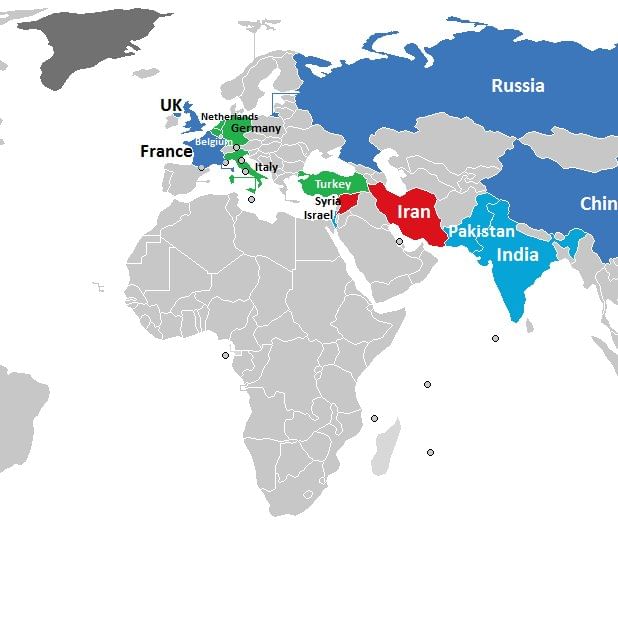
Context
- The five global nuclear powers, China, Russia, U.S., U.K., and France, pledged to prevent atomic weapons from spreading and avoid nuclear conflict.
- The joint statement was issued after the latest review of the Nuclear Non- Proliferation Treaty (NPT), which first came into force in 1970, was postponed from its scheduled date of January 4 to later in the year due to the COVID19 pandemic.
About Nuclear Non-Proliferation Treaty
- It is an international treaty with an objective to limit the escalation of a nuclear arms race and the technology related to it.
- Further goals of the treaty also included promoting cooperation in the peaceful use of nuclear energy and achieving complete nuclear disarmament.
- The Treaty represents the only binding commitment in a multilateral treaty to the goal of disarmament by the nuclear-weapon States.
- Opened for signature in 1968, the Treaty entered into force in 1970. On 11 May 1995, the Treaty was extended indefinitely.
- A total of 191 States have joined the Treaty, including the five nuclear-weapon States.
- Three pillars of the treaty:
- Non-Proliferation
- Disarmament
- Peaceful use of Nuclear Energy
- Need for NPT
- Nuclear competition among major powers could encourage states without nuclear weapons to acquire their own.
- An ideal way to solve this would be for all nuclear states to abandon their nuclear stockpile or to go for nuclear deterrence among large powers and provide a nuclear umbrella to nonnuclear states.
- Safeguards system
- To further the goal of non-proliferation and as a confidence-building measure between States parties, the Treaty establishes a safeguards system under the responsibility of the International Atomic Energy Agency (IAEA).
- Safeguards are used to verify compliance with the Treaty through inspections conducted by the IAEA.
- The Treaty promotes cooperation in the field of peaceful nuclear technology and equal access to this technology for all States parties, while safeguards prevent the diversion of fissile material for weapons use.
- Major Issues with Non-Proliferation Treaty
- The main drawbacks of the treaty are that it never held accountable the 5 nations who possessed nuclear weapons at the time when the treaty was signed.
- It was criticised the treaty to be discriminatory as it focuses on preventing only horizontal proliferation while there is no limit for vertical proliferation.
Signatories to Non-Proliferation treaty
- It was opened for signature in 1968 and the Treaty entered into force in 1970.
- The Non-Proliferation Treaty has 187 nations who are a party to it – more than any other arms limitation treaty.
- There are a total of nine nations that possess nuclear weapons.
- Five of the nations namely – US, UK, France, Russia and China have signed the treaty. The remaining four nations namely – India, Pakistan, Israel and North Korea have not signed the treaty and thus not a party to the treaty.
- India and Pakistan are known to possess nuclear weaponry, while Israel is strongly suspected of possessing it. North Korea has a nuclear weapons programme but its actual possession of nuclear weapons is debated.
Why did India not sign the NPT?
- India is one of the only five countries that either did not sign the NPT or signed but withdrew, thus becoming part of a list that includes Pakistan, Israel, North Korea, and South Sudan.
- India’s nuclear weapons program is described by its government as a necessary minimum deterrent in the face of regional nuclear threats that include a considerably larger Chinese nuclear arsenal as well as Pakistan’s nuclear arms.
- India always considered the NPT as discriminatory and had refused to sign it.
- India has opposed the international treaties aimed at non-proliferation since they were selectively applicable to the non-nuclear powers and legitimised the monopoly of the five nuclear weapons powers.
Current situation
- The hegemonic rise of China and its debt trapping tactics in order to gain access to the other country’s key infrastructure projects has led other countries within China’s immediate sphere of geographical influence to wonder if they need to acquire or develop strategic capabilities to safeguard their security.
- Australia, through AUKUS, seems to be on a path to acquire nuclear capabilities for its naval fleet, in a bid to counter China. While this may seem like an effective counter to China’s belligerence in the IndoPacific, the ramifications could be severe as it sets a terrible precedent. This could, in principle, also reignite another arms race.
- The P5’s joint statement, ‘Preventing Nuclear War and Avoiding Arms Races’, affirms to non-offensive uses of nuclear weapons and committing to the NPT agreement but the wording of this statement and previous statements on arms reduction could be understood in a different light as well—to use nuclear weapons against conventional weapons if the nation feels its security to be threatened so as to merit the use of nuclear weaponry.
CSTO troops deployed in Kazakhstan

Context
- A Moscow-led military alliance called Collective Security Treaty Organization (CSTO) dispatched troops to help quell mounting unrest in Kazakhstan.
Ongoing situation in Kazakhstan
- Long seen as one the most stable of the ex-Soviet republics of Central Asia, energy-rich Kazakhstan is facing its biggest crisis.
- There are ongoing protests over rising fuel prices escalated into widespread unrest.
- The nationwide protests are also signifying a wider, region-wide longing for political change.
- Under increasing pressure, Kazakh President appealed to the Russia for CSTO army to be deployed in Kazakhstan.
Concerns over CTSO troop’s deployment
- It is argued that domestic turmoil could be utilized by Russian nationalists for asserting their claims in Northern Kazakhstan.
About CSTO
- The CSTO is a Russia-led military alliance of seven former Soviet states that was created in 2002.
- Current CSTO members are Armenia, Belarus, Kazakhstan, Kyrgyzstan, the Russian Federation and Tajikistan.
- Afghanistan and Serbia hold observer status in the CSTO.
- Its purpose is to ensure the collective defence of any member that faces external aggression.
Outlined functions of CSTO
- Version of NATO: It has been described by political scientists as the Eurasian counterpart of NATO, which has 29 member states, while the CSTO has just six.
- Arms trade and mutual defence: CSTO supports arms sales and manufacturing as well as military training and exercises, making the CSTO the most important multilateral defence organization in the former Soviet Union.
- Non- proliferation of weapons: CSTO also coordinates efforts in fighting the illegal circulation of weapons among member states and has developed law enforcement training for its members in pursuit of these aims.
What does CSTO membership provide?
- Barring relations with NATO: While CSTO membership means that member states are barred from joining other military alliances, limiting, for example, their relationship with NATO.
- Benefits in arms import from Russia: Its members receive discounts, subsidies, and other incentives to buy Russian arms, facilitating military cooperation.
- Assurance against military conquest: In the CSTO, aggression against one signatory is perceived as aggression against all. It however remains unclear whether this feature works in practice.
Green Energy Corridor Phase-II
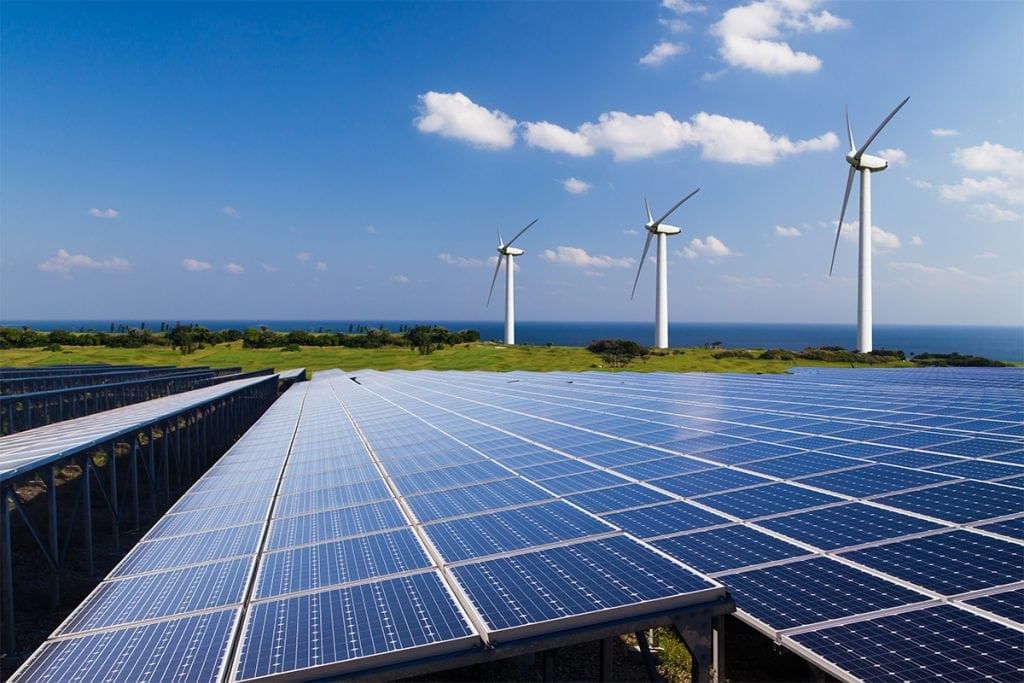
Context
- Recently, the Cabinet Committee on Economic Affairs, chaired by the Prime Minister, approved the scheme on Green Energy Corridor [GEC] Phase-II for Intra-State Transmission System (InSTS).
About Green Energy Corridor Phase-II
- The corridor is being made with the aim to facilitate grid integration and power evacuation of about 20 GW of renewable energy projects in seven states:
- Gujarat,
- Himachal Pradesh,
- Karnataka,
- Kerala,
- Rajasthan,
- Tamil Nadu and
- Uttar Pradesh
- The second phase will be implemented during 2021-22 to 2025-26 fiscal years.
- Bridge connecting to Nepal:
- The Cabinet has also approved the construction of a bridge over the Mahakali river on the Nepal border.
- To be built in the high altitude Dharchula region of Uttarakhand, the bridge is expected to benefit people living on both sides of the river which acts as the international border.
- Currently, there is an old bridge connecting Dharchula town in the Pithoragarh district of Uttarakhand with the eponymous city in Nepal, on the other side.
About Green Energy Corridor (GEC)
- The Intra – State Transmission System under the Green Energy Corridor (GEC) scheme will provide an additional transmission line with a transformation capacity of 27,500 Megavolt-Amperes (MVA) of the substations.
- The scheme will enable grid integration and power evacuation of 20 GW of renewable energy power projects in seven states namely, Gujarat, Himachal Pradesh, Karnataka, Kerala, Rajasthan, Tamil Nadu and Uttar Pradesh.
- 33% of the project cost will be funded through Central Financial Assistance which will also help in the offsetting of Intra-State Transmission charges. This will ensure low power costs benefiting the end-users.
- The transmission systems will be created within a period of five years from the financial year starting from 2021-22 to 2025-26.
Significance
- It will contribute to long-term energy security of the country and promote ecologically sustainable growth by reducing the carbon footprint.
- The CFA will help in offsetting the intra-state transmission charges and keep the power costs down. The government support will ultimately benefit the end users.
- It will generate large direct and indirect employment opportunities for both skilled and unskilled personnel in power and other related sectors.
GS-III
Domestic Systemically Important Banks (D-SIBs)
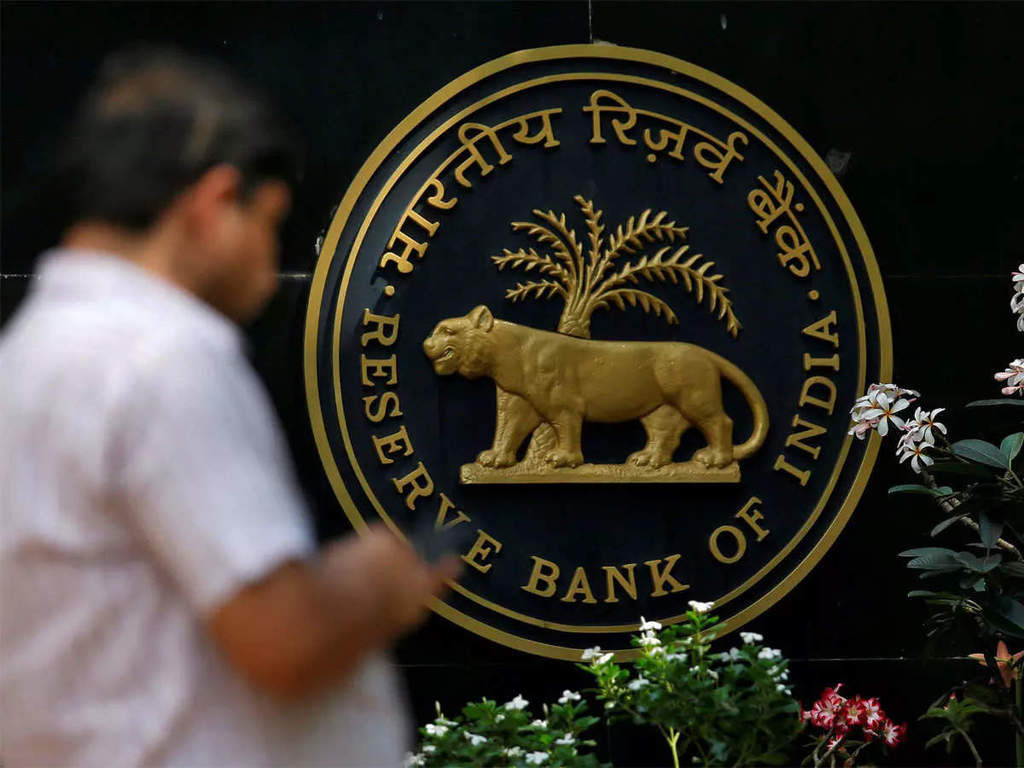
Context
- The Reserve Bank of India (RBI) announced that the State Bank of India (SBI), ICICI Bank and HDFC Bank will continue to be identified as Domestic Systemically Important Banks (D-SIBs).
About Domestic Systemically Important Banks
- D-SIBs are financial institutions that are large enough where they cannot be allowed to fall. RBI places D-SIBs in appropriate buckets depending upon their Systemic Importance Scores (SISs).
- The central bank’s current update on D-SIBs is based on the data collected from banks as of March 31, 2021.
- A failure of any of these banks can lead to systemic and significant disruption to essential economic services across the country and can cause an economic panic.
- Based on the bucket in which a D-SIB is placed, an additional common equity requirement is applied to it.
- Under bucket 1, banks require 0.2 per cent of additional common equity Tier 1 capital as a percentage of risk-weighted assets (RWAs), and under bucket 3, banks require 0.6 percent of additional common equity Tier 1 capital as a percentage of RWAs.
- SBI is placed in the third bucket and private sector lenders ICICI Bank and HDFC Bank fall under bucket 1.
 |
Download the notes
UPSC Daily Current Affairs- January 7, 2022
|
Download as PDF |
Silver Line Project
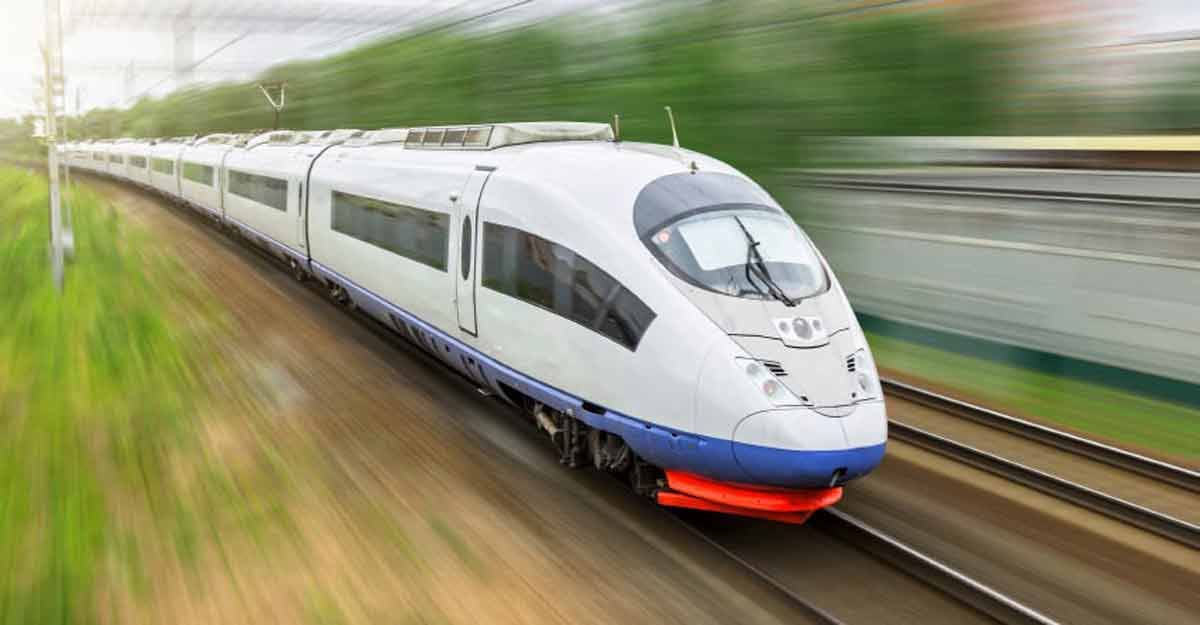
Context
- The Silver Line Project is being opposed by the Left Democratic Front (LDF)and environmentalists.
- According to them, It is financially unviable and would lead to the displacement of over 30,000 families.
- It would cause great environmental harm as its route cuts through precious wetlands, paddy fields and hills.
About Silver Line Project
- It is a 532-km semi-high speed rail corridor.
- It will connect 11 of the 14 districts of Kerala, situated at both ends. Alappuzha, Wayanad, and Idukki are not part of this.
- It aims to cut the travel time between the two ends of the state from 12 hours to less than four hours.
- It also plans to connect the corridor with the international airports at Kochi and Thiruvananthapuram.
- The plan for a high-speed rail network was first suggested in the 2011 Budget.
- The project deadline is 2025.
- Significance
- It can take a significant load of traffic off the existing stretch and make travel faster for commuters, which in turn will reduce congestion on roads and help reduce accidents.
- It will also reduce greenhouse gas emissions.
Asian Waterbird Census: Dip in waterbird species
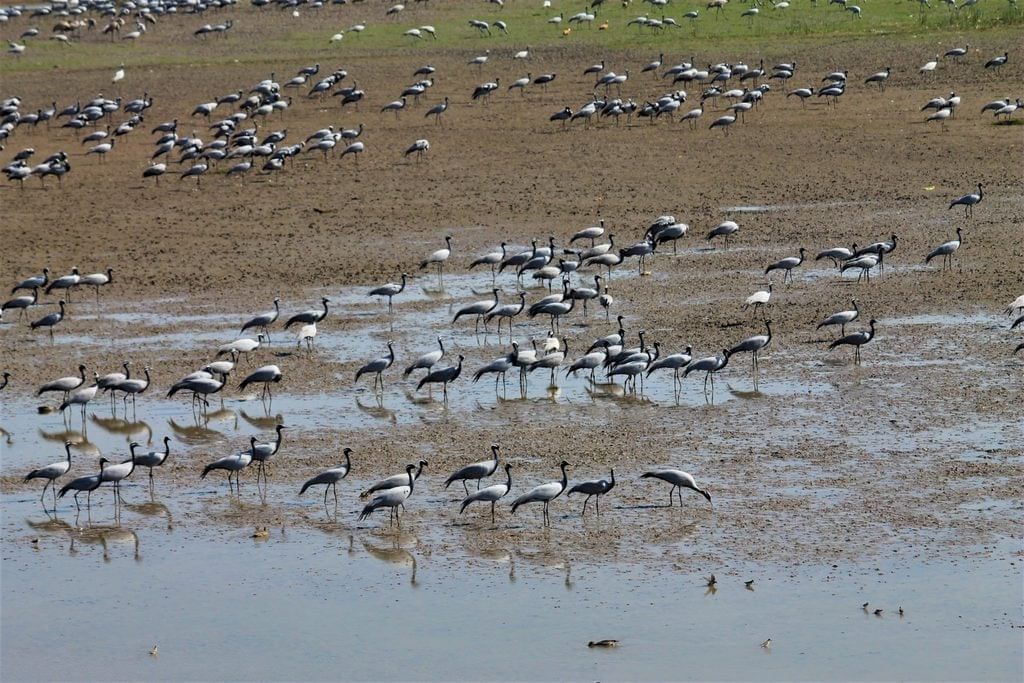
Context
- Asian Waterbird Census conducted at Delhi’s Sanjay Lake recorded only 13 species, down from 17 species recorded from 2019 to 2021. Of these, 11 are resident water birds, while only two are winter migratory species.
About Asian Waterbird Census (AWC)
- It is an international programme that focuses on monitoring the status of waterbirds and wetlands.
- Every January, thousands of volunteers across Asia and Australasia visit wetlands in their country and count waterbirds. This citizen science programme is the Asian Waterbird Census (AWC).
- It is an integral part of the global waterbird monitoring programme, the International Waterbird Census (IWC), coordinated by Wetlands International.
- It runs in parallel with other regional programmes of the International Waterbird Census in Africa, Europe, West Asia, the Neotropics and the Caribbean.
- Scope: The AWC was initiated in 1987 in the Indian subcontinent and since has grown rapidly to cover major region of Asia, from Afghanistan eastwards to Japan, Southeast Asia and Australasia.
- The census, thus covers the entire East Asian – Australasian Flyway and a large part of the Central Asian Flyway.
- Till date, more than 6,100 sites of 27 countries have been covered with active participation of thousands of volunteers.
- Significance
- The information so generated is used to identify wetlands of high importance for waterbirds, and take conservation measures such as designation as Ramsar Sites and Flyway Network Sites, or inclusion as priority wetlands within national programmes.
- It also helps in implementation of the Convention on Migratory Species (CMS) and the Convention on Biological Diversity‘s (CBD).
- The AWC is jointly coordinated by the Bombay Natural History Society (BNHS) and Wetlands International.
Wetlands and Waterbirds
- Waterbirds are one of the key indicators of wetlands health.
- Wetlands provide feeding, resting, roosting and foraging habitats for these charismatic species.
- The lower species diversity is a sign of degradation of the lake, since waterbirds are an indicator of its health.
- Threat to wetlands:
- The issue of water availability, since there is no sustained supply of good quality water.
- Sewage discharged that finds its way into the lake.
- Human disturbance caused by activities like boating, have ruined the habitat.
About Report
- AWC, an annual count of waterbirds which is underway in parts of Delhi-NCR, has found lower waterbird species diversity at East Delhi’s Sanjay Lake when compared to the count from the past three years.
- The census recorded only 13 species, down from 17 species recorded from 2019 to 2021. Of these, 11 are resident water birds, while only two are winter migratory species.
- The number of birds has increased from 90 in 2021 to 132 this year. It, however, is smaller than the 190 birds counted in 2019, and the higher figure of 347 birds in 2020.
- The census also found that only the number of Indian Cormorants has increased from 11 last year to 62 this year.
- Migratory species recorded at Sanjay Lake:
- The two migratory species recorded on Thursday were the Great Cormorant, which migrates from Southeast Asia, and the Eurasian Coot, which migrates from Temperate Asia.
- The resident species found at the lake include the Common Moorhen, the Indian Cormorant, the White-throated Kingfisher, the White-breasted Waterhen, the Little Grebe, and the Red-wattled Lapwing.
Clouded Leopard
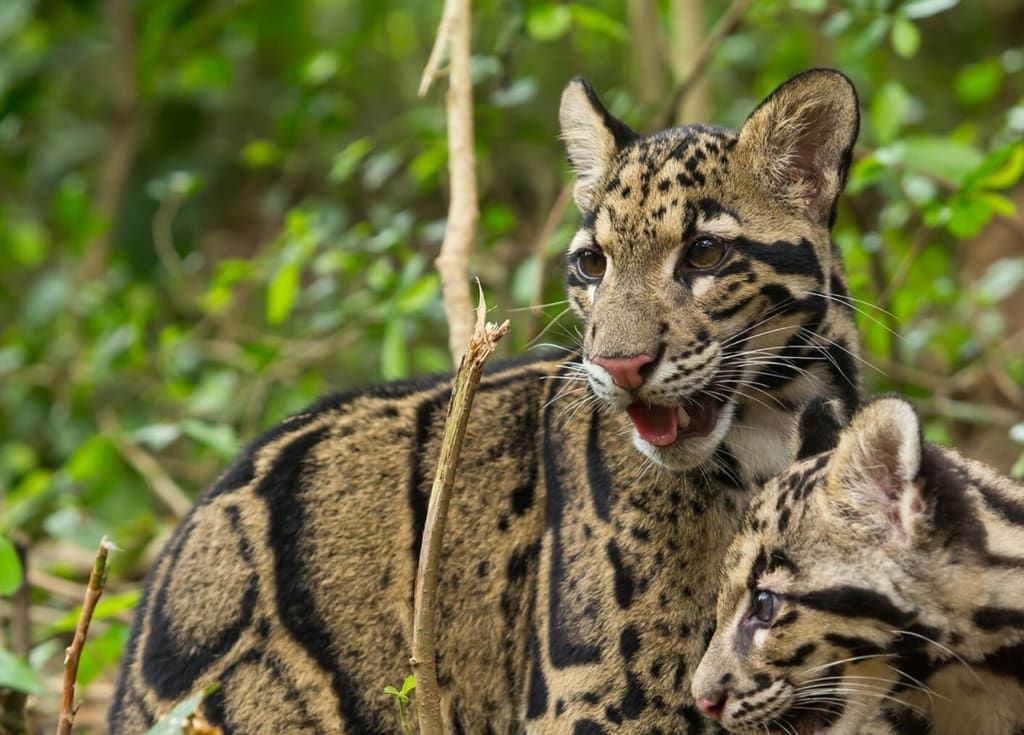
Context
- Recently, a team of researchers recorded photographic evidence of clouded leopards at an elevation of 3,700 metres in a community-owned forest along the Indo-Myanmar border in Nagaland.
About Clouded Leopard
- Scientific Name: Neofelis nebulosa
- Description:
- It is a medium-sized cat, 60 to 110 cm long and weighing between 11 and 20kg.
- It is named after the distinctive 'clouds' on its coat - ellipses partially edged in black, with the insides a darker colour than the background colour of the pelt.
- It has a stocky build and, proportionately, the longest canine teeth of any living feline.
- Habitat: It spends most of the time in the tropical evergreen rainforests but can also be found in dry tropical forests and mangrove swamps.
- It has been found at relatively high altitudes in the Himalayas.
- Distribution: It is found across Southeast Asia and the Himalayas in the following countries: southern China, Bhutan, Nepal, northeast India, Burma, Thailand, Vietnam, Malaysia, Cambodia, Laos, and Bangladesh.
- It is believed to be extinct in Taiwan, China.
- Threats: They are believed to be in decline due to habitat loss and poaching.
- Protection Status: It is categorised as ‘Vulnerable’ under the IUCN Red List of Threatened Species.
|
969 docs|678 tests
|
FAQs on UPSC Daily Current Affairs- January 7, 2022 - Current Affairs: Daily, Weekly & Monthly - CLAT
| 1. What are the three main subjects covered in the UPSC exam? |  |
| 2. What does GS-I cover in the UPSC exam? |  |
| 3. What does GS-II cover in the UPSC exam? |  |
| 4. What does GS-III cover in the UPSC exam? |  |
| 5. What is the importance of daily current affairs for the UPSC exam? |  |


























